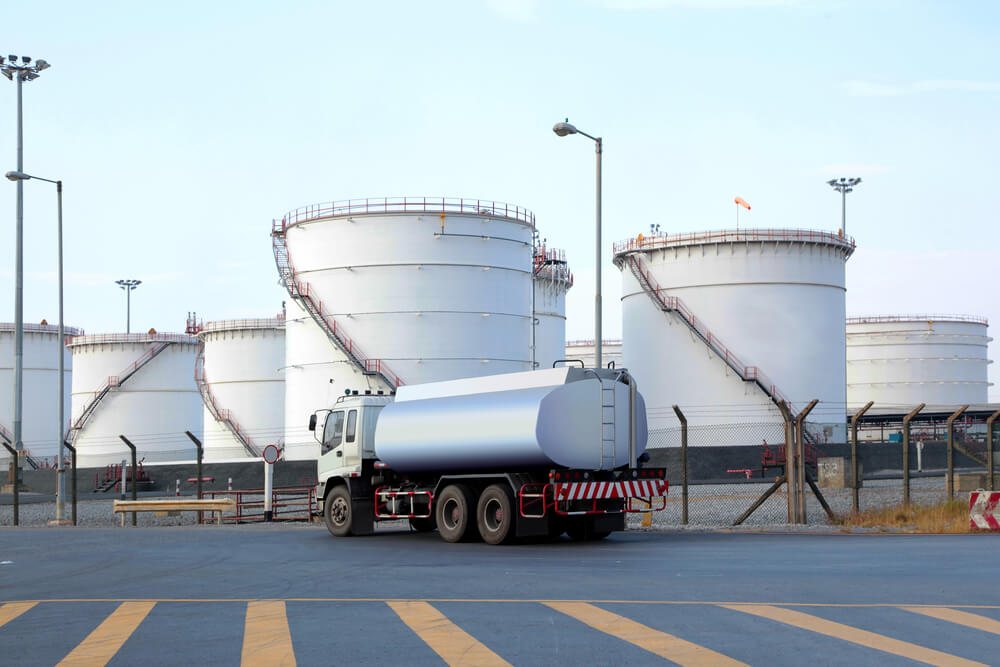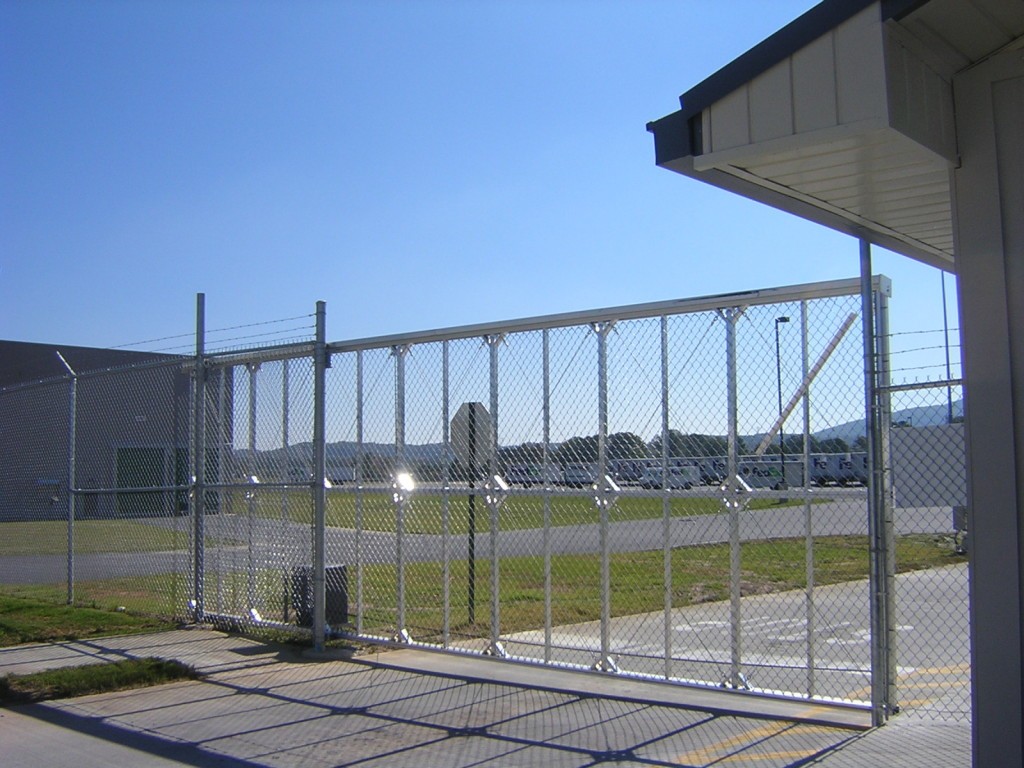TYMETAL’s Guide to Security Bollards
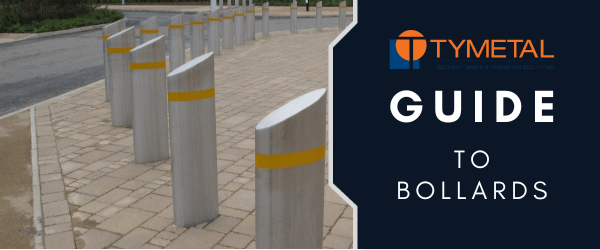
Protecting people from vehicle collisions with pedestrians, non-motorized vehicles, and buildings has become a growing concern in recent years. With the increasing number of incidents involving vehicles and structures, it's crucial to implement effective security measures. It is estimated that over 400 injuries occur annually due to vehicle-building collisions, resulting in more than 500 deaths in the United States alone. These alarming statistics highlight the importance of safeguarding businesses, government facilities, and public spaces against such risks.
Many organizations opt for perimeter security solutions like fences, gates, or concrete walls. However, these options may not always be ideal, as they can restrict access for pedestrians and essential vehicles. For maximum security while still allowing easy access, businesses and government facilities often turn to bollards. These sturdy posts provide a balance between protection and accessibility, making them an excellent choice for securing perimeters.
If you're looking to secure a perimeter from vehicle threats while maintaining pedestrian access, TYMETAL's crash-rated bollards are an ideal solution. To help you make an informed decision, we've compiled a comprehensive guide that outlines the various bollard options available on the market and their diverse applications.
What is a Bollard?
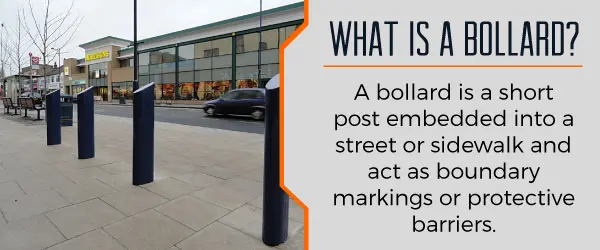
A bollard is a short post embedded into streets or sidewalks, commonly used as a boundary marker or protective barrier. Originating from the Roman Empire, bollards have evolved to serve multiple purposes today, including traffic guidance and protection against vehicle collisions. They play a vital role in enhancing safety for pedestrians, buildings, and property.
Security Bollards Offered by TYMETAL
Carstopper 30 Single Shallow Removable Bollard
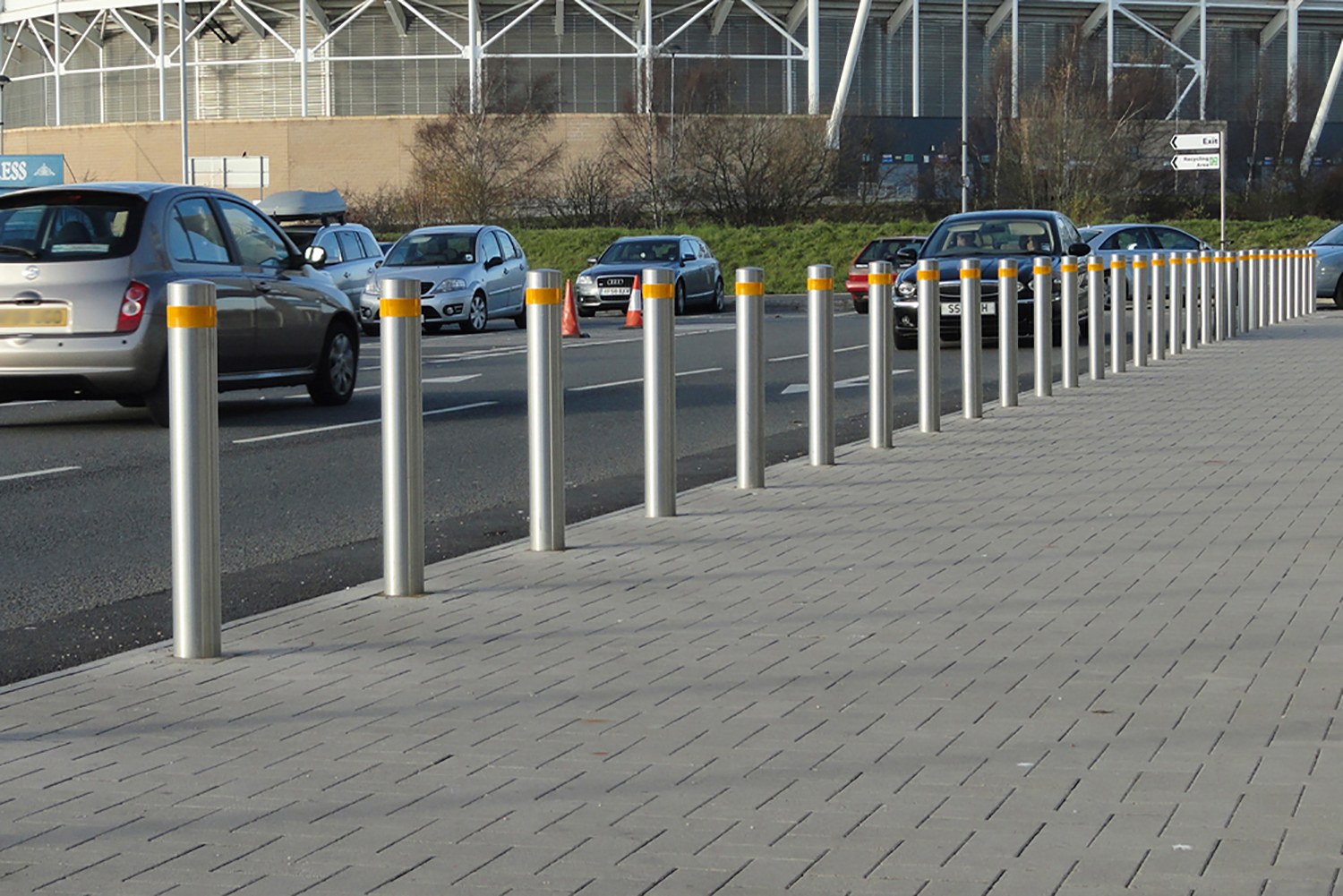
Truckstopper 3 Security Bollard
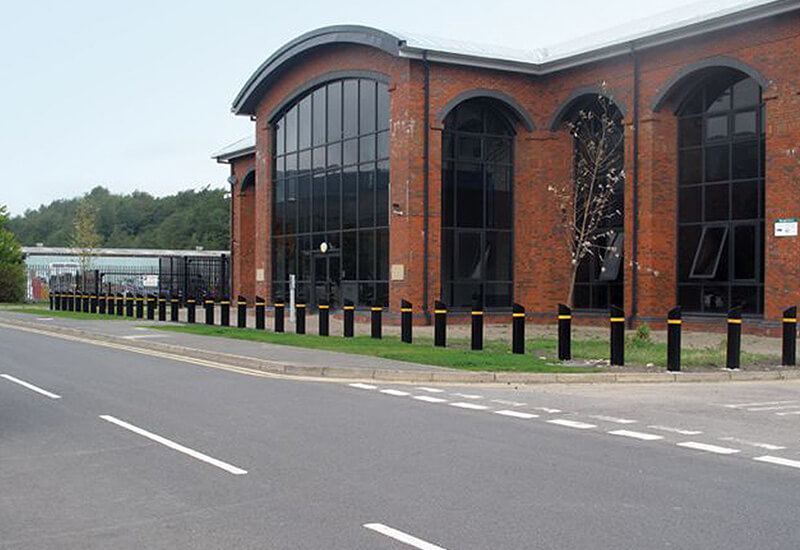
Truckstopper 5 Removable Bollard
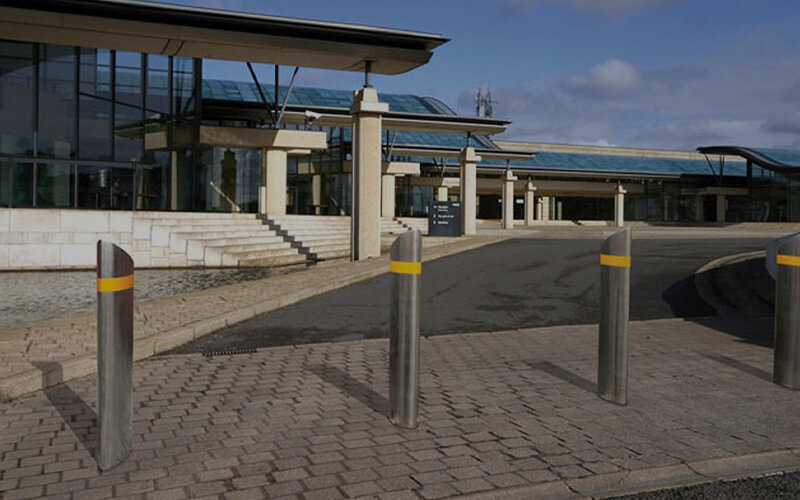
Truckstopper 6-30 Shallow-Mount Bollard
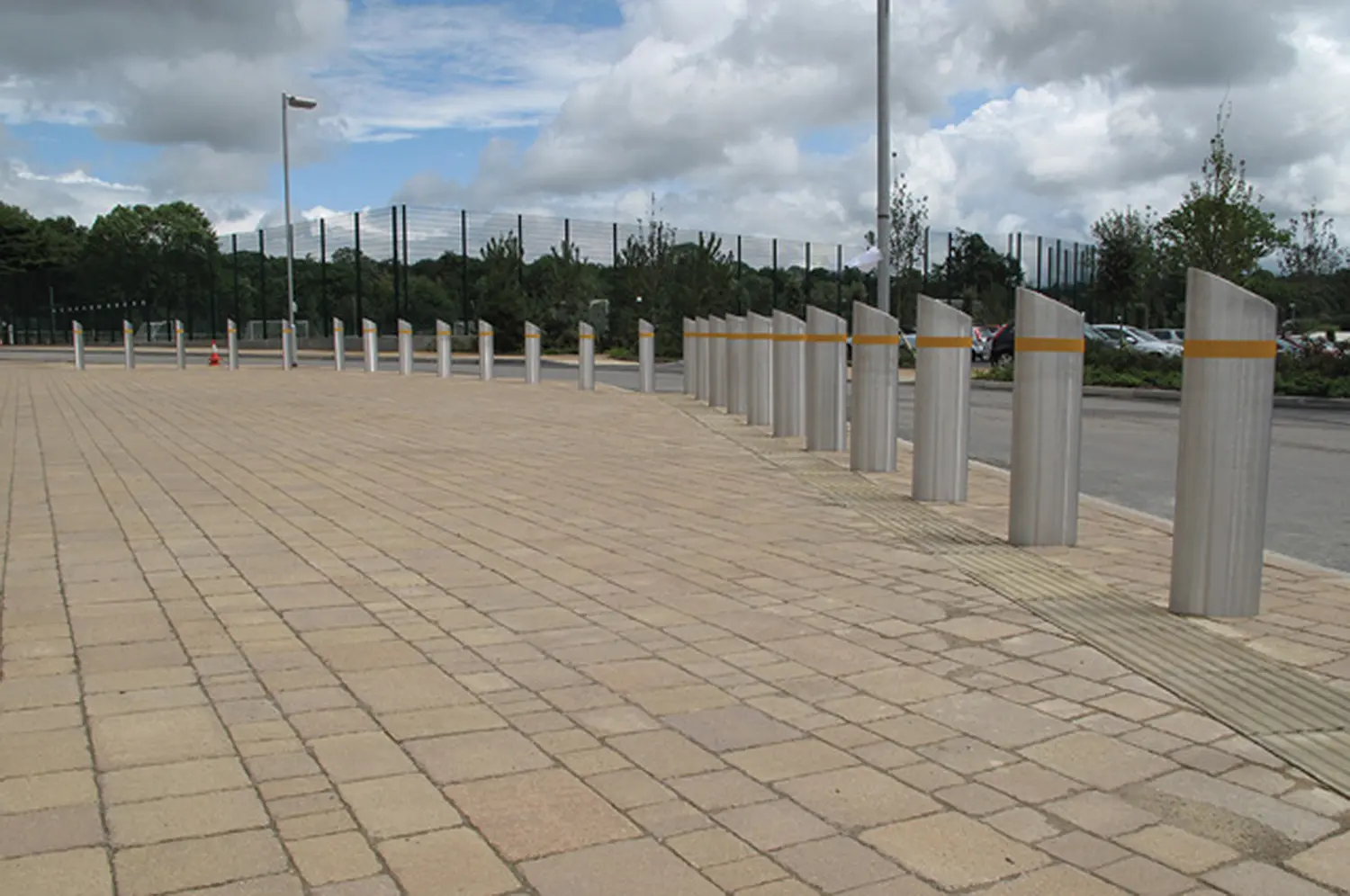
Truckstopper 7 Shallow Single Mount Bollard
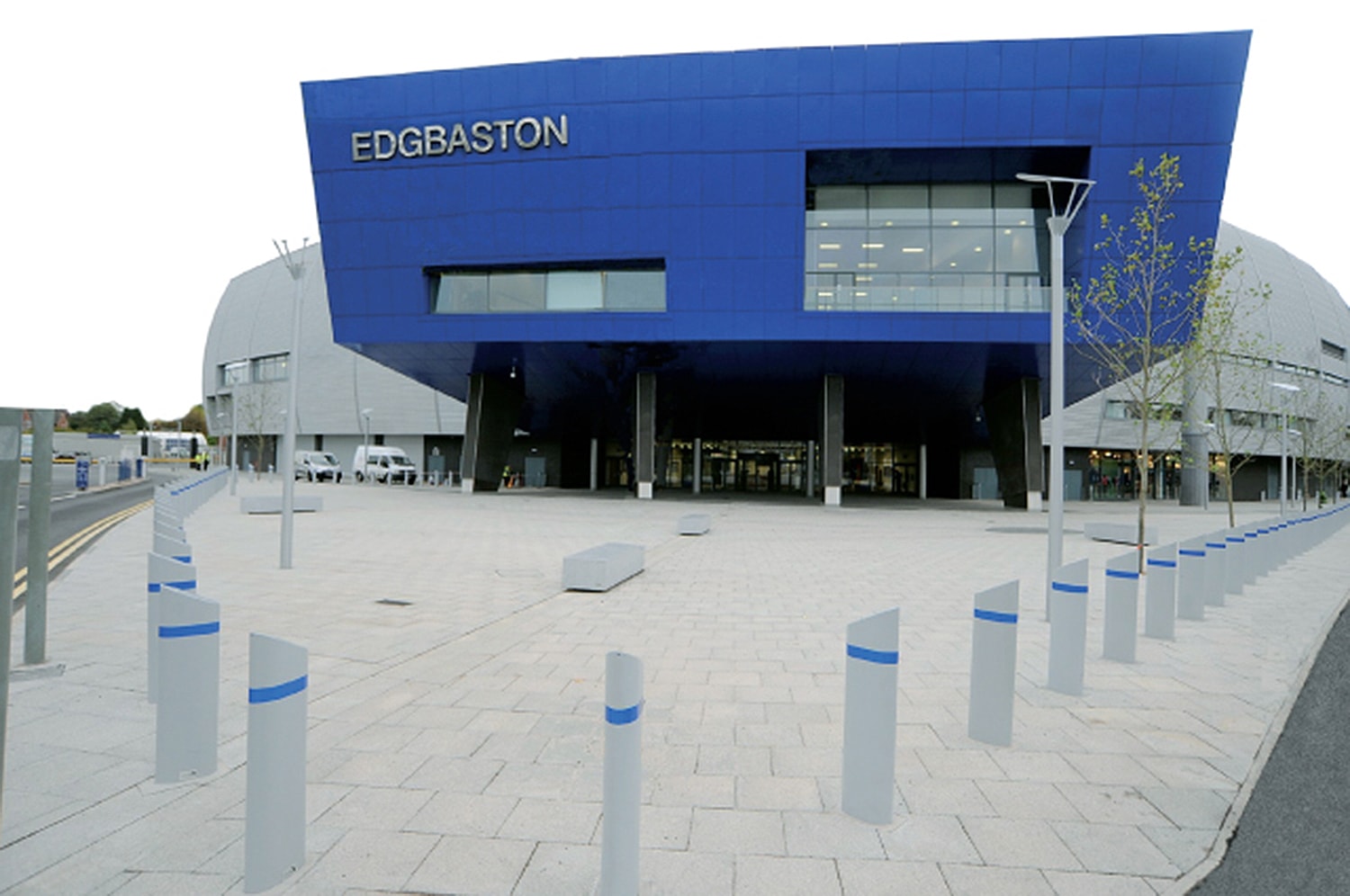
Truckstopper 9 Fixed/Removable Bollards
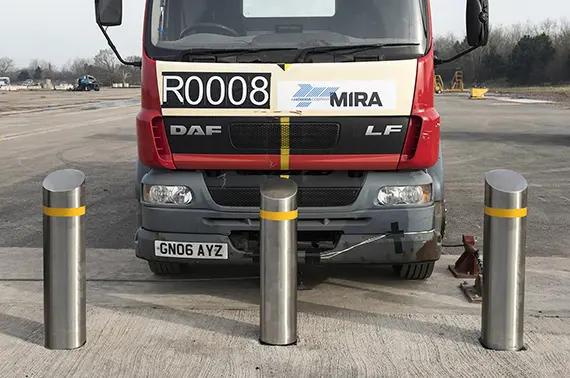
Truckstopper 10 Removable Bollard
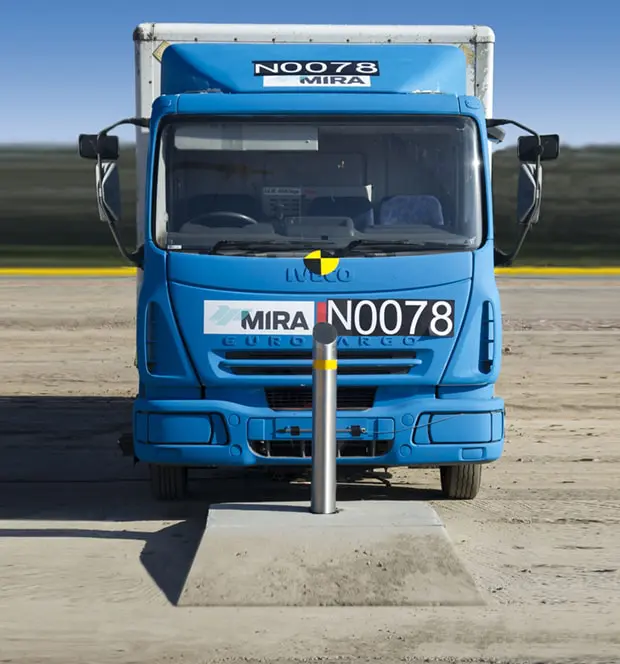
Types of Bollards
Bollards serve both functional and aesthetic purposes, often used to direct traffic, warn against potential threats, and enhance the visual appeal of a space. While some bollards are designed to protect against vehicle impacts, others act as simple markers. Crash-resistant bollards, in particular, are engineered to withstand vehicle collisions and are certified according to specific standards.
Non-crash resistant bollards are typically more decorative and can include features like lighting. Although they do not offer high-level security, they provide a visual deterrent that can prevent minor collisions. Crash-resistant bollards, on the other hand, are tested and rated to ensure they can withstand impacts from vehicles traveling at certain speeds.
Non-Crash Resistant Bollards
These bollards are often used to guide traffic, mark boundaries, or add visual interest to a space. While they do not offer significant protection against vehicle impacts, they can still deter unauthorized access and prevent accidental collisions. Non-crash resistant bollards are generally more cost-effective and suitable for areas where vehicle threats are minimal.
Crash Resistant Bollards
Designed to withstand vehicle impacts, crash-resistant bollards are essential for high-security environments such as government facilities, airports, and military installations. These bollards undergo rigorous testing to ensure they meet specific safety standards. Their ability to absorb impact energy makes them a critical component of perimeter security systems.
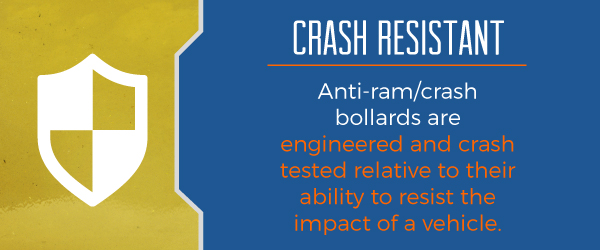
Shallow Mount Bollards
Recent advancements in bollard technology have led to the development of shallow mount bollards. These bollards use a spring steel core to absorb impact energy, allowing them to be installed with a shallow foundation. This design reduces installation costs and minimizes disruption to existing infrastructure, making them ideal for urban environments where deep excavation is impractical.
Retractable and Removable Bollards
Both crash-resistant and non-crash-resistant bollards can be designed to be retractable or removable. This flexibility allows for periodic access control, making them suitable for events, construction sites, and temporary road closures. Retractable bollards can be manually or mechanically operated, offering a balance between security and convenience.
Advantages of Removable Bollards
Removable bollards are ideal for situations requiring occasional access control. They can be quickly installed and removed, leaving behind a covered ground sleeve that does not interfere with normal traffic. This makes them perfect for events, seasonal road closures, and other temporary security needs.
Best Uses for Removable Bollards
Removable bollards are commonly used in crowded areas, such as during events, concerts, or sports games. They can also be used to block off access roads in fluid environments like construction sites or college campuses. Their versatility makes them a valuable tool for managing traffic flow and ensuring safety.
Rising Bollards
Rising bollards are a type of retractable bollard that can be raised or lowered to control access. Typically made of solid steel, these bollards provide reliable protection against ramming attacks. They are often used in high-volume locations where vehicles need to enter and exit periodically, such as parking lots or commercial entrances.
Fixed Bollards
Unlike retractable or removable bollards, fixed bollards are intended for long-term use. They are embedded into the ground or mounted on a surface, providing continuous protection against vehicle threats. Fixed bollards are commonly used in high-risk areas such as government buildings, schools, and retail stores, where the risk of a vehicle-based attack is significant.
Advantages of Fixed Bollards
Fixed bollards offer a permanent solution for controlling vehicle access. Once installed, they require no maintenance or adjustments, making them a reliable choice for long-term security. Their durability and ease of installation make them one of the most popular types of bollards in the industry.
Best Uses for Fixed Bollards
Fixed bollards are ideal for areas where vehicle access should be permanently restricted. This includes government buildings, schools, airports, warehouses, and residential areas. By preventing unauthorized vehicle entry, fixed bollards help protect pedestrians and reduce the risk of damage to property and equipment.
Stainless Steel Bollards
Stainless steel bollards are known for their durability and resistance to corrosion. They are an excellent choice for outdoor environments where exposure to weather conditions is common. Additionally, stainless steel bollards are easy to maintain and can be produced using recycled materials, making them an environmentally friendly option for facility owners.
Bollard Crash Ratings
Bollards are tested and rated according to established standards to ensure they provide adequate protection against vehicle impacts. These ratings help buyers understand the level of security each bollard offers and choose the right solution for their needs.
Department of State (DOS): The DOS rating system is based on the speed at which a 15,000-pound truck can collide with a bollard before penetration exceeds 1 meter. K4, K8, and K12 ratings correspond to impact speeds of 30, 40, and 50 miles per hour, respectively.
Department of Defense (DOD): DOD ratings include additional criteria for penetration. The “L†designation indicates the distance the cargo bed penetrates after impact, with L3 being less than 3 feet, L2 between 3 and 20 feet, and L1 between 20 and 50 feet.
ASTM F 2656-07: ASTM ratings measure the type, speed, and penetration of the impacting vehicle. M, C, PU, and H indicate different vehicle weights, followed by a number representing the test speed. P designations describe the distance of penetration upon impact, with P1 indicating less than 1 meter, P2 between 1.01 and 7 meters, and so on.
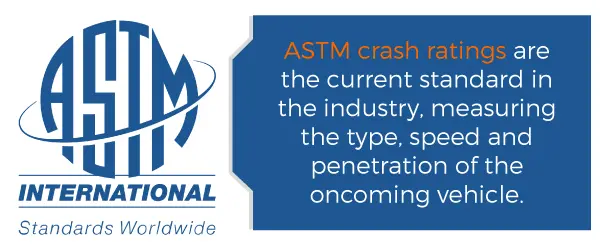
BSI PAS 68:2010: Similar to US standards, this British test standard evaluates bollards based on the weight and speed of the impacting vehicle. SafetyFlex bollards are certified under this standard, offering protection comparable to ASTM ratings. TYMETAL’s bollards are rated according to BSI PAS 68:2010, ensuring they meet international safety requirements.
Bollard Applications
Bollards are widely used for perimeter security, preventing vehicles from accessing pedestrian areas or colliding with buildings. Common applications include government building security, storefront protection, and traffic control. Each application requires a tailored approach to ensure optimal safety and functionality.
Government Building Security: Government facilities often face the risk of vehicle-based attacks, prompting the use of crash-rated bollards. These bollards help restrict vehicle access around sensitive areas while allowing authorized personnel to pass through when needed. Their ability to withstand impacts makes them a key component of modern security strategies.
Storefront Security: Vehicle collisions with storefronts can result in significant damage and injuries. Crash-rated bollards are an effective solution for protecting retail spaces, reducing the risk of accidents and intentional attacks. These bollards are especially useful in high-traffic areas where the threat of vehicle intrusion is higher.
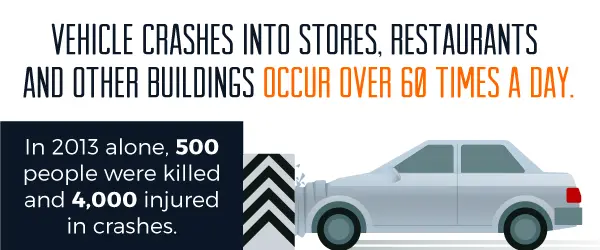
Traffic Control: Bollards are used to separate pedestrians from vehicles, guiding traffic and preventing collisions. They are particularly useful in parks, playgrounds, and school zones, where the risk of accidents is higher. Bollards help enforce traffic laws and create safer environments for all users.
Why Choose TYMETAL for Security Bollards?
TYMETAL is proud to be the sole North American supplier of SafetyFlex vehicle bollards. SafetyFlex is a UK-based company known for its innovative crash bollards and fencing, favored by architects, engineers, and facility owners worldwide. Their patented spring steel design allows bollards to absorb massive amounts of force without requiring a deep foundation, making them easier and more cost-effective to install.
SafetyFlex bollards were the preferred choice for the 2012 London Olympics and have since received recognition for their groundbreaking designs. TYMETAL partners with SafetyFlex to provide high-quality crash bollards and fencing for use across the United States. With over 30 years of experience, our commitment to innovation and security ensures that we deliver the best solutions for your perimeter security needs.
Whether you need highly rated crash bollards or custom gate solutions, our team of experts will assist you throughout the entire process. From initial consultation to installation and beyond, we strive to ensure your satisfaction and the long-term effectiveness of your security system. Explore our wide range of products and contact us today to find the perfect solution for your facility.
Plastic Extrusion Line,Pipe Vacuum Tank,Plastic Pipe Vacuum Tank,Hdpe Plastic Pipe Extrusion Line
RECTO MACHINERY CO., LTD RICO (NINGBO) IMP & EXP CO., LTD , https://www.recto-rico.com
